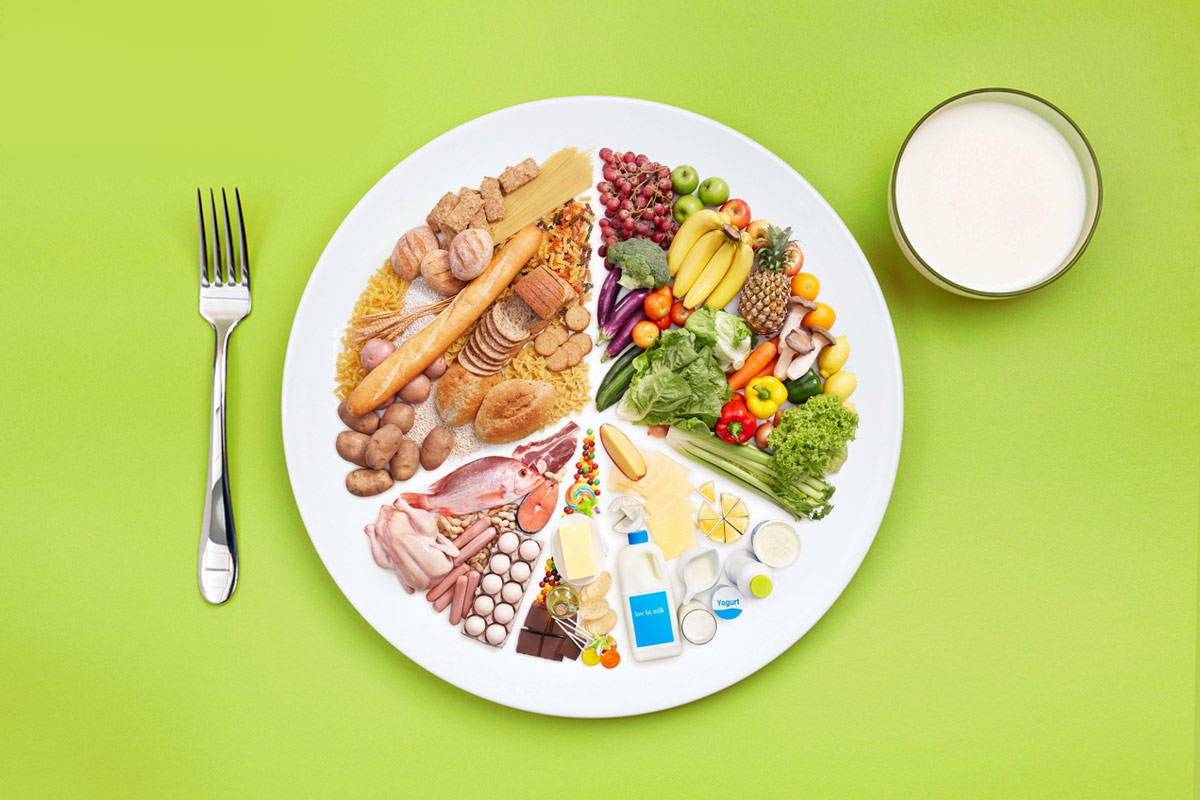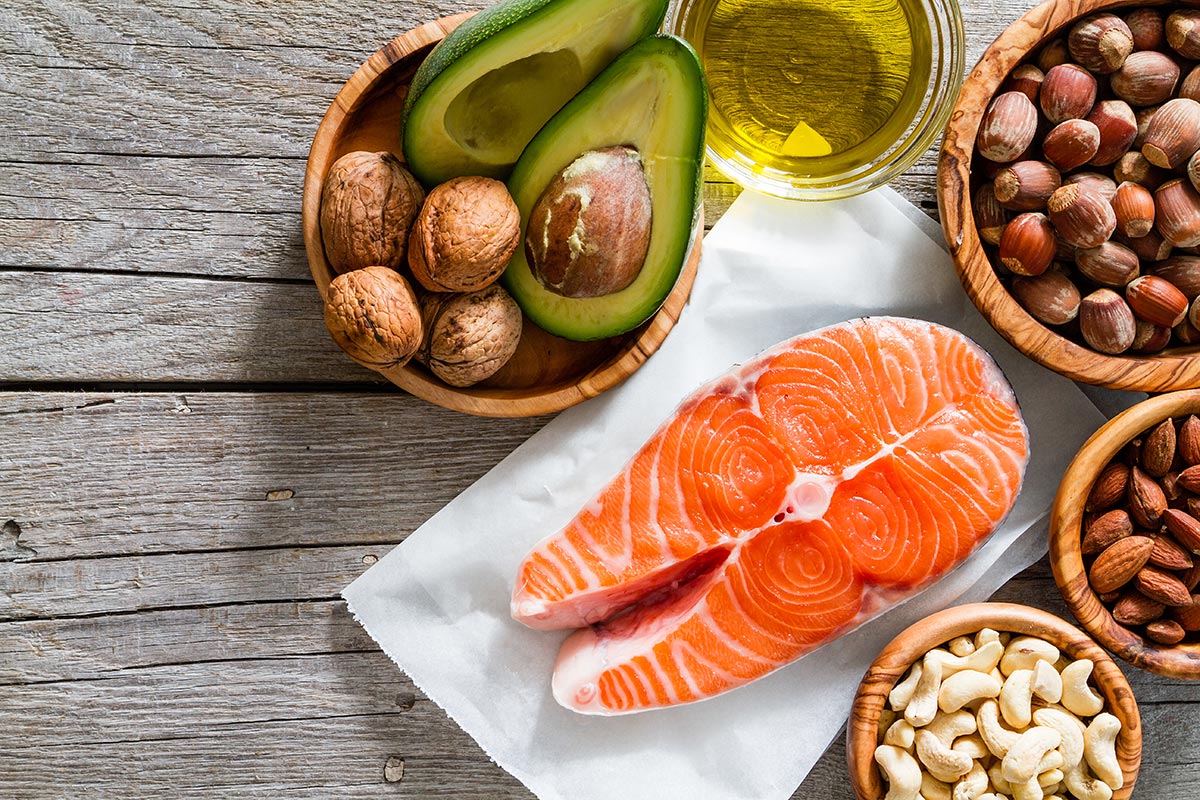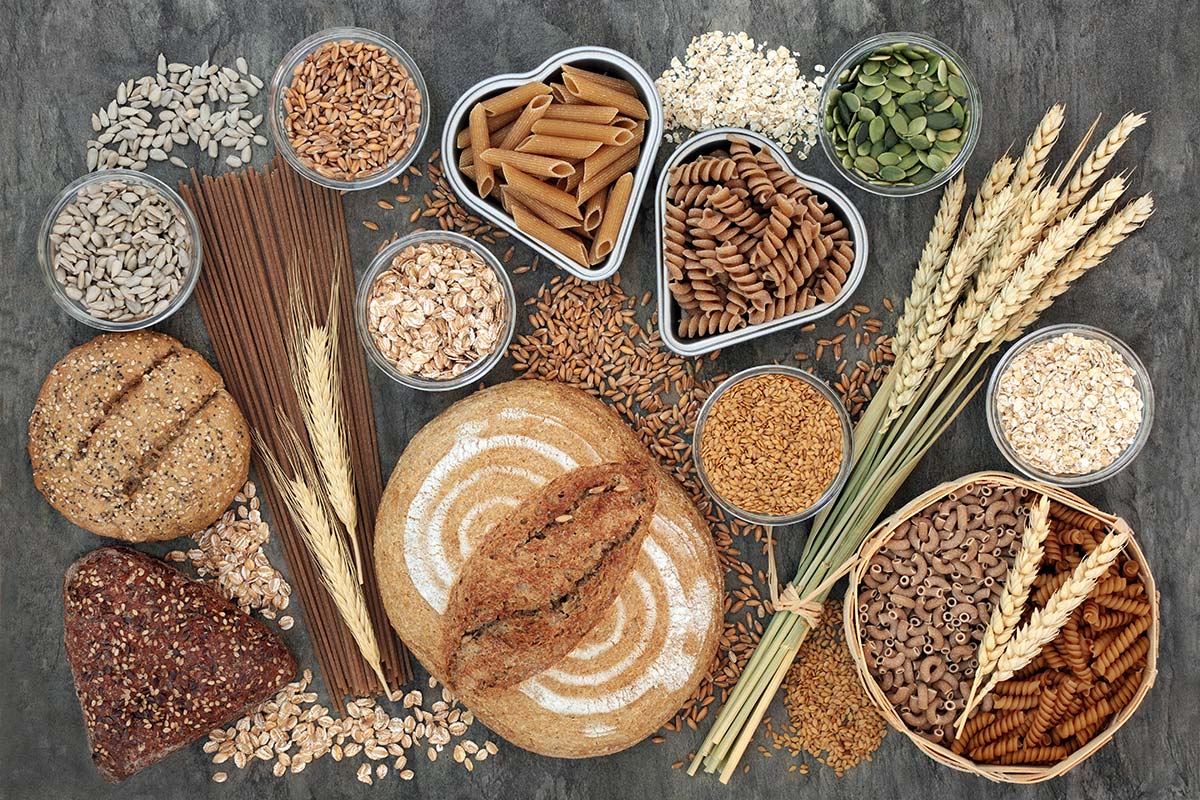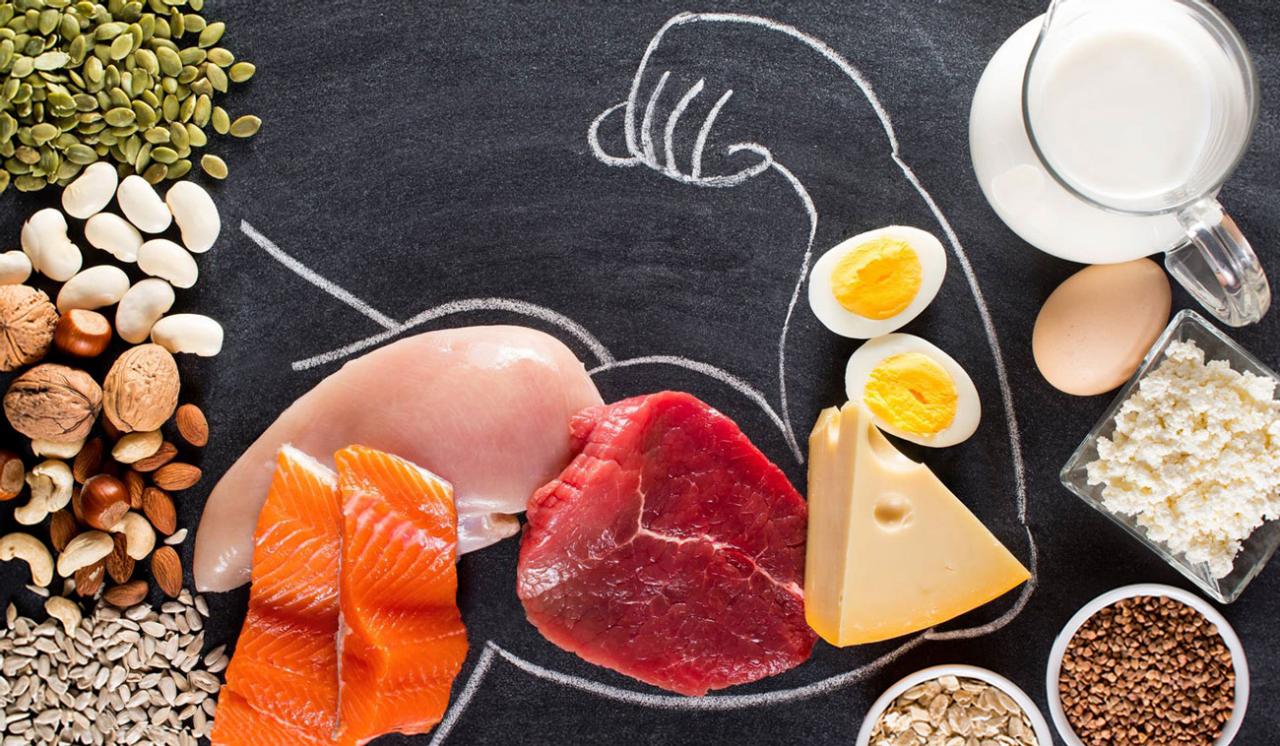The first rule of nutrition for gaining mass is to increase the calorie content of the diet by 10-15%. Plus, low to medium glycemic carbohydrates are needed to replenish glycogen stores (the main source of energy for muscles).
Among other things, the body needs different types of fats – and of course proteins – to maintain optimal hormone production. However, it is a mistake to think of a muscle-building diet solely as a high protein intake.
Nutritional Standards for Muscle Growth

As for the ratio of BJU, when gaining dry muscle mass, it is most often about the distribution of caloric content of nutrients in the proportion of 20-25% / 20-30% / 55-60% – or about 2 grams of protein, 0.7 grams of fat and 4 grams of carbohydrates per kilogram of the athlete’s weight.
Note that it is not just the mathematical proportion that plays a role, but what is hidden behind the calories – for example, what type of carbohydrates or fats are consumed. It also uses body weight minus body fat (that is, adjusted for percentage of body fat).
Among other things, BJU norms do not take into account the body’s needs for vitamins and minerals. In particular, strength training involves an increase in the norm of electrolytes (magnesium, calcium, etc.), as well as fat-soluble vitamins (primarily vitamin D and vitamin E).
The importance of fat in gaining mass

The aforementioned scientific work has also shown that low-fat diets depress testosterone. Athletes in whose diet the ratio of fat was about 10-15% of calories had critically low levels of testosterone and other steroid hormones.
In turn, the maximum figures were reached when fat accounted for 40-45% of the calorie content – however, this was not a matter of gaining dry mass. The type of fatty acids also mattered. Saturated and monounsaturated fats showed positive effects, while excess polyunsaturated fats showed negative effects.
Let’s remind that animal fats and coconut oil are saturated, olive oil and oils of most nuts are monounsaturated, and corn, soybean and sunflower oil are polyunsaturated.
// Norms of BJU when training for weight¹:
- Total proteins – no more than 25% of calories
- Total fat – at least 20% of calories
- The ratio of proteins to carbohydrates – from ¼ to ½
- The amount of saturated fat – 8-10 g per 1000 kcal of the diet
- The amount of monounsaturated fat – 8-12 g per 1000 kcal
- The ratio of polyunsaturated to saturated – from ¼ to ¾
The ratio of omega-3 to omega-6
Omega-3s are needed by the body to fight inflammation and to heal micro-damage in muscles. Chronic lack of these fatty acids in the diet leads to a number of metabolic disorders and, ultimately, to a decrease in immunity. In addition, the ratio between omega-3 and omega-6 also plays a role.
If the athlete’s diet contains high amounts of omega-6 (sunflower and corn oils), the body needs an increased amount of omega-3 to neutralize. In this case, you can either take fish oil or consume vegetable oils containing omega-9 – including olive oil and canola oil.
The norms of proteins and carbohydrates

Also, scientific research has shown that it is not the number of protein content in the diet that is important, but the ratio between proteins and carbohydrates. The proportion ¼ had a higher testosterone level than ½. In other words, the amount of carbohydrates in the diet when gaining muscle mass should be about twice as much as protein.
The importance of carbohydrates is explained by the fact that glycogen, which is the main fuel for muscles, is synthesized by the body from carbohydrates. In total, about 300-500 g of this substance are stored in the muscles – and a significant part is spent during strength training and the recovery period.
That said, sticking to low-glycemic carbohydrates is best – they are better converted to glycogen rather than fat. In turn, carbohydrates with a high GI (for example, maltodextrin) can be consumed immediately after training – they increase insulin levels and stop catabolic processes.



